Researchers at Spain’s Basque Research and Technology Alliance (BRTA) have developed a groundbreaking overactuated aerial robot, marking a significant advancement in Drone Technology. This innovative drone, featuring four quadrotors working in tandem, offers unprecedented control and versatility for complex tasks, according to a study published in the journal Robotics and Autonomous Systems.
Breaking Away from Traditional Drone Design
Most commercial drones are underactuated, meaning they have fewer actuators than degrees of freedom. While cost-effective, these systems have limitations in reliability and precision. The BRTA team, led by Imanol Iriarte, set out to push beyond these constraints.
“Our recent research was motivated by the desire to expand the capabilities of UAVs beyond passive observation missions,” Iriarte explained, according to Interesting Engineering. “Our goal is to automate presently risky or costly tasks, such as work at great heights or in isolated areas.”
A Unique Four-Quadrotor Configuration
The new drone consists of a central body connected to four quadrotors via passive universal joints. This design allows the robot to move independently in six directions, offering a level of control and maneuverability previously unattainable with traditional drones.
Key features of the overactuated drone include:
- Exceptional control authority
- Ability to take off and land on inclined surfaces
- Advanced thrust-vectoring capabilities
Innovative Control Algorithm
To harness the full potential of this complex system, the team developed a specialized control algorithm. This algorithm translates desired positions and orientations of the main body into precise commands for the drone’s 16 propellers.
“Our aerial robot can independently monitor its main body’s six degrees of freedom using only passive mechanisms,” Iriarte noted. “This achievement is typically not possible for traditional underactuated multi-rotors.”
Real-World Applications and Testing
The BRTA team has identified numerous practical applications for their overactuated drone, including:
- Transporting heavy loads
- Assisting in construction projects
- Conducting contact-based inspections
- Maintaining various types of infrastructure
The drone has undergone rigorous testing in both simulated environments and real-world outdoor settings, demonstrating its ability to track the 6 degrees of freedom of its central body independently.
DroneXL’s Take
This overactuated drone from BRTA represents a significant leap forward in aerial robotics, pushing the boundaries of what’s possible with unmanned aerial vehicles. The enhanced control and versatility offered by this design could revolutionize industries ranging from construction to infrastructure inspection.
As we’ve seen in recent drone inspection applications, the ability to perform precise movements and interact with the environment is crucial. This new overactuated design could take these capabilities to the next level, potentially replacing human workers in dangerous situations and improving efficiency across various sectors.
While further testing and refinement will be necessary, the BRTA team’s innovative approach to drone design opens up exciting possibilities for the future of aerial robotics.
Photo courtesy of BRTA
Discover more from DroneXL
Subscribe to get the latest posts sent to your email.


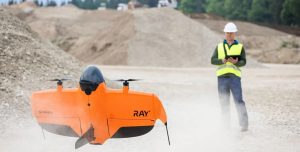
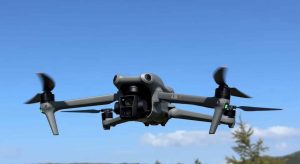
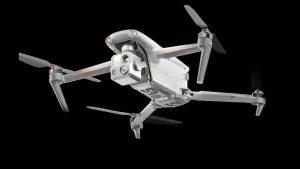
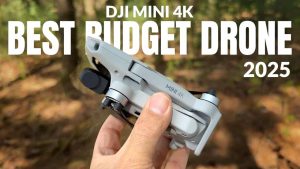

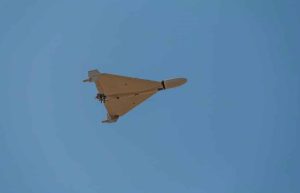
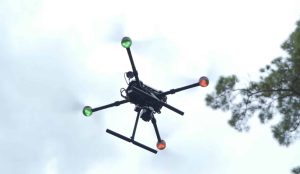
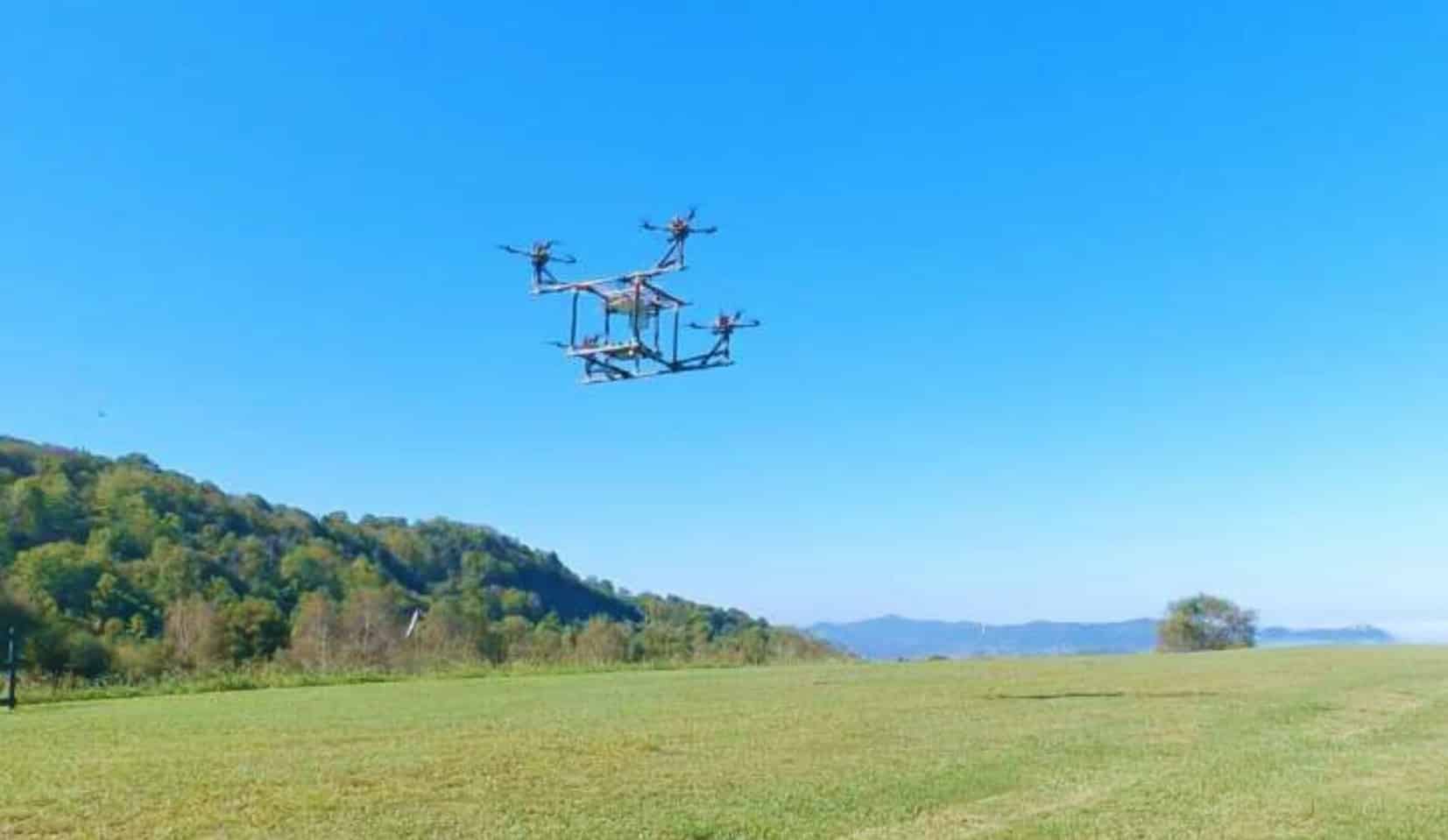
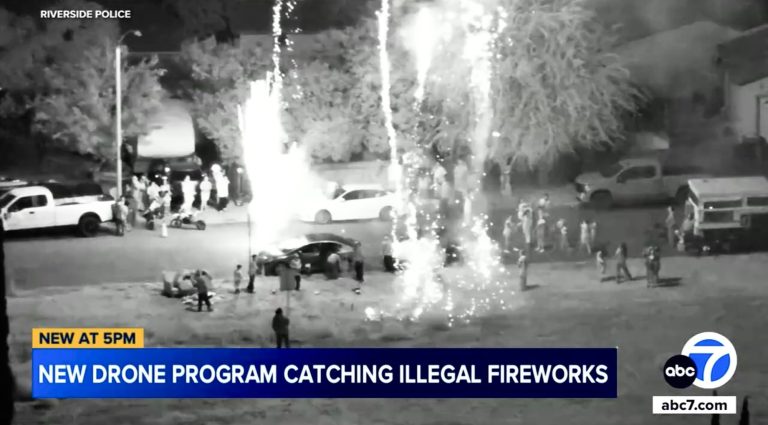



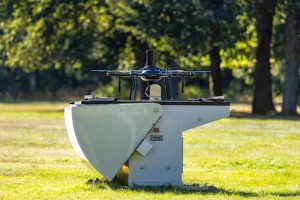
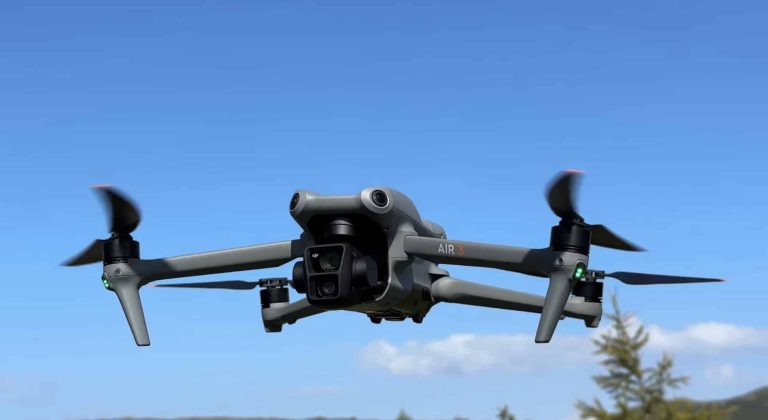
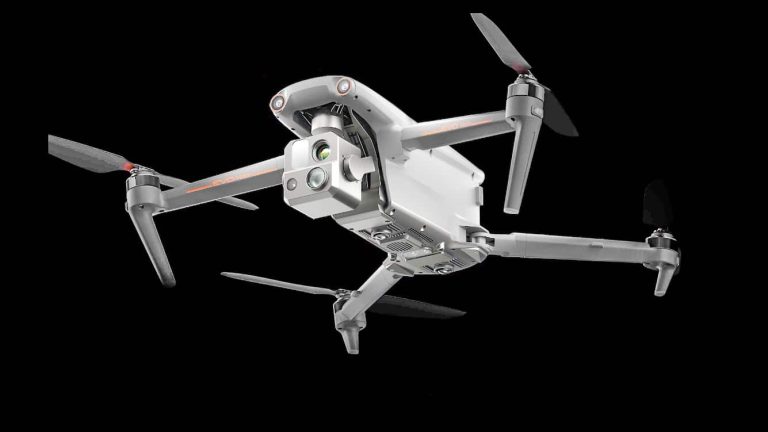
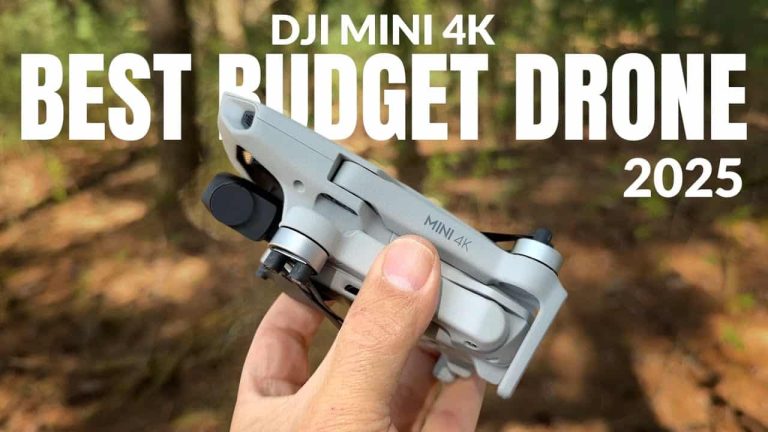


+ There are no comments
Add yours